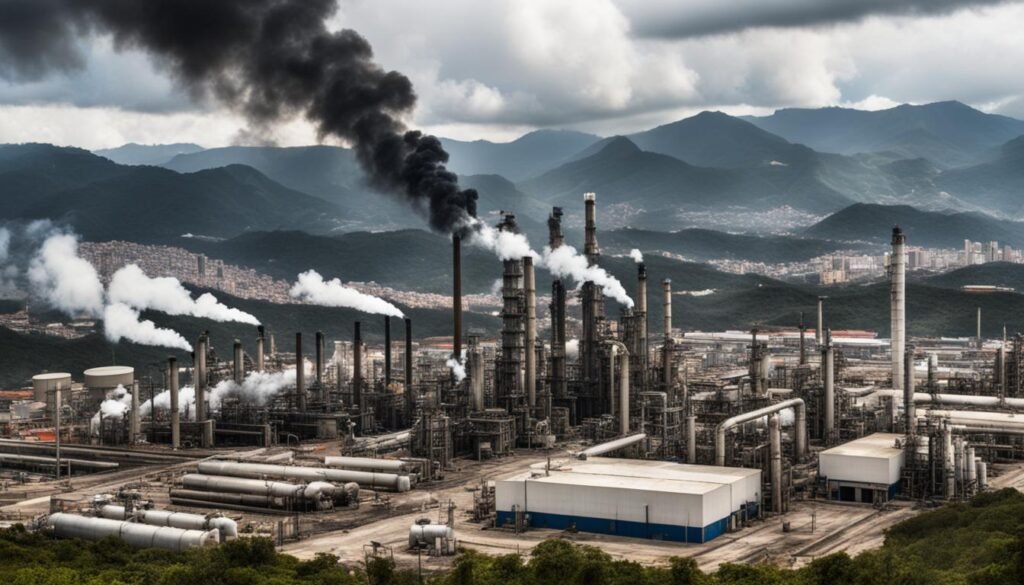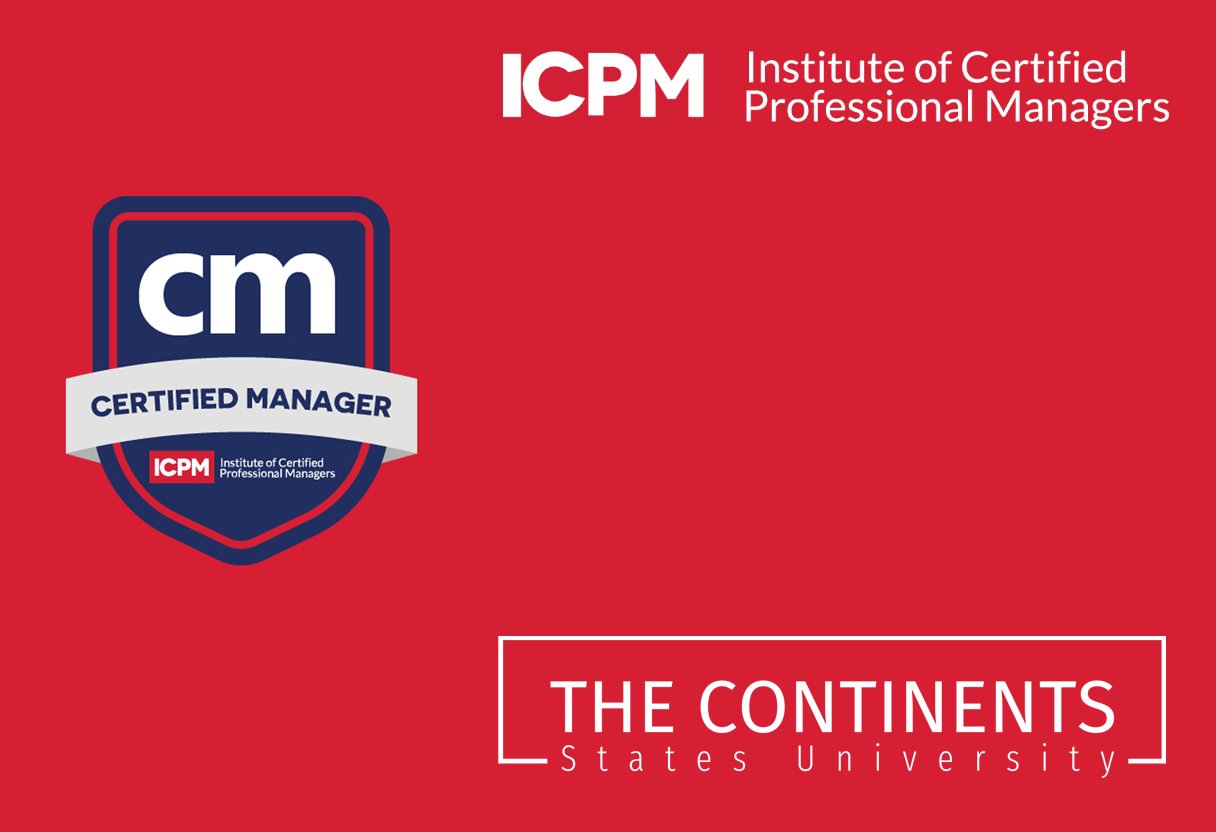Venezuela, home to the world’s largest oil reserves, has become a cautionary tale of the perils of becoming a petrostate. Since the discovery of oil in the country during the 1920s, Venezuela has been on an exhilarating yet perilous boom-and-bust ride, offering valuable lessons for other resource-rich nations. Decades of poor governance have driven what was once one of Latin America’s most prosperous countries to the brink of economic and political ruin.
Key Takeaways
- Venezuela’s vast oil reserves have shaped its history and politics for nearly a century.
- The country’s transition to a petrostate has contributed to economic mismanagement and political instability.
- Resource nationalism, petro-diplomacy, and economic sanctions have all played a role in Venezuela’s decline.
- The humanitarian crisis and mass migration have exacerbated the country’s challenges.
- Venezuela’s border dispute with Guyana over the oil-rich Essequibo region further complicates the geopolitical landscape.
Introduction to Venezuela’s Oil-Driven Economy
Venezuela’s economy has long been heavily dependent on its vast oil reserves. The state-owned oil company, PDVSA, has been a cornerstone of the country’s economy, generating a significant portion of its export earnings and government revenue. This reliance on oil exports has shaped Venezuela’s economic and political landscape, influencing its policies and international relations.
Venezuela’s Reliance on Oil Exports
Venezuela is a member of OPEC, the Organization of the Petroleum Exporting Countries, and has historically been a major player in global oil markets. The country’s oil industry has been a critical driver of economic growth, providing the government with the resources to fund social programs and infrastructure projects. However, this dependence on oil exports has also made Venezuela vulnerable to fluctuations in global oil prices.
The Rise and Fall of Venezuela’s Oil Industry
During the presidency of Hugo Chávez, Venezuela’s oil industry underwent significant changes, as the government sought to assert more control over the country’s natural resources through resource nationalism policies. This included the nationalization of foreign oil companies and the restructuring of PDVSA. While these policies initially boosted government revenue, they also contributed to a decline in oil production and investment in the sector. The economic and political crises that have plagued Venezuela in recent years have further exacerbated the challenges facing the country’s oil industry.

The Petrostate Paradigm
The term “petrostate” is used to describe countries that are heavily dependent on the export of oil and natural gas for a significant portion of their government revenues and economic activities. These petrostates display several distinctive characteristics that can both enable and hinder their development.
Characteristics of a Petrostate
Petrostates are typically characterized by a concentrated political and economic power among an elite minority, weak and unaccountable political institutions, and widespread corruption. This reliance on oil and gas exports leaves these countries vulnerable to the volatile swings in global energy prices, leading to economic instability and potential crises.
The Dutch Disease and Resource Curse
Petrostates are also thought to be susceptible to the “Dutch disease” and the “resource curse.” The Dutch disease refers to a situation where a resource boom leads to an appreciation of the local currency, which in turn sucks labor and capital away from other sectors of the economy, leaving it highly vulnerable to unpredictable changes in global energy prices and capital flight. The resource curse describes the governance challenges that petrostates often face, as they become more dependent on export income and less reliant on taxation, weakening the ties between the government and its citizens.
Understanding the unique challenges faced by petrostates is crucial for analyzing the economic and political dynamics of countries like Venezuela, whose economy and government have been heavily shaped by its oil industry.

Venezuela: A Case Study in Petrostate Pitfalls
Venezuela stands as the quintessential example of a failed petrostate, a cautionary tale of the perils that can befall a country heavily reliant on oil exports. For over a century, Venezuela’s fortunes have been inextricably linked to the black gold that lies beneath its soil. However, the nation’s obsession with its oil wealth has led it down a treacherous path, punctuated by economic collapse, political instability, and the ominous specters of the resource curse.
The plunge in oil prices from more than $100 per barrel in 2014 to under $30 per barrel in early 2016 sent Venezuela reeling, triggering an economic and political spiral that the country is still struggling to recover from. Despite the recent uptick in oil prices, Venezuela’s descent into petrostate pitfalls remains deeply entrenched, as evidenced by its staggering oil dependence, dwindling production, turbulent economy, soaring debt, hyperinflation, and the consolidation of autocratic rule.

The cautionary tale of Venezuela serves as a stark reminder that the lure of oil wealth can be a double-edged sword, leading to the neglect of other industries, the concentration of power, and the erosion of democratic institutions. As the country grapples with the consequences of its petrostate status, it offers a valuable lesson to other nations aspiring to harness their natural resources – the path to true prosperity may lie not in the pursuit of oil, but in the diversification of the economy and the strengthening of democratic governance.
Historical Milestones: Venezuela’s Path to Petrostate
Venezuela’s transformation into an oil-driven economy has been marked by several pivotal events throughout its history. In the 1920s, Royal Dutch Shell geologists struck oil in the Maracaibo Basin, igniting an explosion in annual oil production that catapulted Venezuela to become the world’s second-largest oil producer by 1929. The discovery of oil set the stage for the country’s petrostate trajectory.
Reclaiming Oil Rents and the Punto Fijo Pact
As foreign oil companies began to dominate the Venezuelan market, the government sought to reform the sector and funnel more oil profits into government coffers. The Hydrocarbons Law of 1943 required foreign companies to give half of their oil profits to the state, a significant step in Venezuela’s efforts to reclaim its oil rents. In 1958, the Punto Fijo pact further cemented the state’s control over oil revenues, ensuring that these profits would be concentrated in the government’s hands.
OPEC and the Oil Boom of the 1970s
Venezuela’s petrostate trajectory took another significant turn when the country joined OPEC in 1960. The 1970s oil boom, driven by OPEC’s collective pricing power, brought a windfall of wealth to Venezuela. However, this era was also marked by rampant graft and mismanagement, as the government struggled to effectively utilize the oil boom’s riches for the benefit of the nation.

Venezuela’s path to becoming a petrostate has been defined by these key milestones, from the oil discovery in the 1920s to the Punto Fijo pact and the country’s involvement in OPEC. These events have shaped the country’s economic and political landscape, ultimately leading to its reliance on oil rents and the attendant challenges of the petrostate paradigm.
Venezuela: South American Oil Politics Caracas Venezuela
Venezuela is one of the most highly-urbanized countries in Latin America, boasting some of the world’s largest proven oil deposits. For decades, the nation has been a leading exporter of oil, playing a significant role in global energy markets. However, the country has experienced a tumultuous period in recent years, marked by poor economic management and a deepening political and humanitarian crisis.
Former president Hugo Chávez, who served for 14 years until his death in 2013, positioned himself as a champion of the poor, pouring billions of dollars of Venezuela’s PDVSA oil wealth into social programs. But the policies of his successor, Nicolás Maduro, have struggled to cope with plummeting oil prices and an economic downturn that has left the country in a state of near-collapse.
The Venezuelan government’s reliance on OPEC and petro-diplomacy has been a double-edged sword, as the country’s resource nationalism and efforts to assert control over its oil resources have often brought it into conflict with international powers. The imposition of economic sanctions and the humanitarian crisis unfolding in the country have further exacerbated the situation, leading to mass migration and a deepening political divide between Nicolás Maduro and Juan Guaidó, the leader of the opposition.
As the south american oil politics caracas venezuela continues to unfold, the fate of Venezuela’s oil-driven economy and its impact on the region and the global energy landscape remain uncertain. The country’s struggles serve as a cautionary tale about the pitfalls of the “petrostate” model and the need for sustainable, diversified economic development.
The Decline of Venezuela’s Oil Industry
Venezuela’s oil production has been in a steady decline, hitting its lowest levels in decades. This downward trend can be attributed to a lack of adequate investment and maintenance in the country’s oil infrastructure. As a result, the once-thriving oil industry has become a shadow of its former self, contributing to the nation’s deepening economic crisis.
Falling Production and Economic Turbulence
The dwindling oil production has had a devastating impact on Venezuela’s economy. Between 2014 and 2021, the country’s GDP shrank by roughly three-quarters, as the oil-dependent nation struggled to cope with the declining revenues. This economic turbulence has fueled a humanitarian crisis, with severe shortages of basic goods, such as food, drinking water, gasoline, and medical supplies.
The Humanitarian Crisis and Mass Migration
The economic crisis has taken a heavy toll on the Venezuelan people, leading to a devastating humanitarian crisis. Faced with the scarcity of essential resources, millions of Venezuelans have been forced to flee their homes, seeking refuge in neighboring countries and beyond. Since 2014, nearly eight million Venezuelan refugees have migrated to other nations, in what has become one of the largest mass displacement events in modern history.
The Border Dispute with Guyana
Venezuela’s longstanding border dispute with its neighbor Guyana has once again come to the forefront. At the heart of this conflict lies Essequibo, a vast oil-rich territory that Venezuela has claimed as its own since the 19th century. Despite Guyana’s control over the region since 1899, Venezuela has consistently asserted its sovereignty over the Essequibo.
Essequibo: The Disputed Oil-Rich Territory
The Essequibo region is a strategic and resource-rich area that has been a source of tension between Venezuela and Guyana for decades. Spanning over 160,000 square kilometers, this territory is believed to hold significant oil and gas reserves, making it a prime target for both nations. The dispute over Essequibo has deep historical roots, with Venezuela claiming that the region rightfully belongs to it based on colonial-era agreements.
Venezuela’s Referendum on Essequibo
In a move that has further escalated the Guyana border dispute, Venezuelans overwhelmingly backed their country’s claim to Essequibo in a 2023 referendum. The referendum saw an overwhelming majority of Venezuelan citizens approve the establishment of a new Venezuelan state in the disputed territory. However, the practical and legal implications of this referendum remain unclear, as the International Court of Justice has ordered Venezuela not to take any action that would alter Guyana’s control over Essequibo.
The Role of International Sanctions
The impact of economic sanctions on Venezuela’s oil sector and humanitarian crisis cannot be overstated. The United States and its allies have imposed a series of punitive measures on the country, significantly restricting access to global financial systems and curbing oil exports, a critical component of Venezuela’s economy.
In 2023, Washington eased some of the US sanctions, signaling a potential shift in the geopolitical landscape. However, this détente was short-lived, as Caracas failed to meet the conditions for a fair election, prompting the U.S. government to reimpose sanctions in 2024. This cycle of sanctions and easing has exacerbated the ongoing humanitarian crisis in Venezuela, leading to severe shortages of basic goods and fueling the mass migration of Venezuelans to neighboring countries.
The intersection of the oil sector, international sanctions, and the humanitarian crisis has created a complex and challenging situation for the people of Venezuela. As the country grapples with this multifaceted crisis, the role of global powers and their economic policies will continue to play a crucial part in shaping the future of this South American nation.
Conclusion
Venezuela’s tumultuous journey as a petrostate serves as a cautionary tale for resource-rich nations around the world. The country’s heavy reliance on oil exports, coupled with poor governance, mismanagement, and the crippling impact of international sanctions, has led to an economic and humanitarian crisis of staggering proportions.
The decline of Venezuela’s oil industry, the ongoing border dispute with Guyana, and the persistent political turmoil continue to shape the nation’s trajectory, with far-reaching implications for the region and the global oil market. As the world closely watches the unfolding events in Venezuela, it is clear that the country’s experience offers valuable lessons for other nations seeking to avoid the pitfalls of the “petrostate paradigm”.
Ultimately, Venezuela’s story underscores the critical importance of diversifying the economy, promoting transparency and accountability, and investing in the well-being of its citizens. By learning from the mistakes of the past, other resource-rich countries can chart a more sustainable and equitable path forward, ensuring that their natural wealth translates into sustained prosperity for all.
Source Links
- Venezuela country profile – https://www.bbc.com/news/world-latin-america-19649648
- Venezuela: The Rise and Fall of a Petrostate – https://www.cfr.org/backgrounder/venezuela-crisis
- Venezuelan government accepts referendum to claim oil-rich part of Guyana – https://www.pbs.org/newshour/world/venezuelan-government-accepts-referendum-to-claim-oil-rich-part-of-guyana


